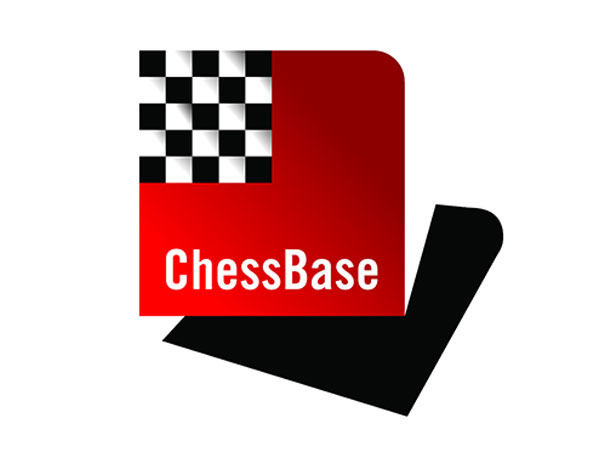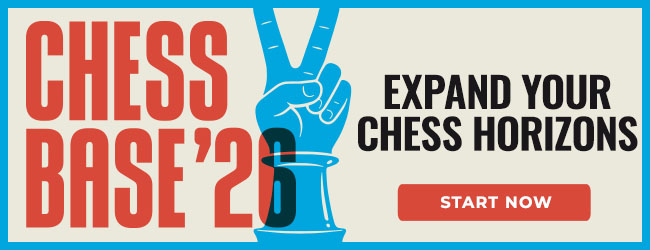Dennis Monokroussos writes:
How much is an attack worth? I don’t mean a sacrifice leading to a forced
win or a position in which one very strongly suspects a forced win. In such
cases, the answer is clear: if there’s a win, one can sac as much as
necessary to achieve it. No, what I mean is something that makes chess an art,
not the application of learned tactical motifs. The question here is how much
material we can sacrifice for an attack with no clear payoff. A pawn, a piece
for a couple of pawns, the exchange – all quite common. But more?
In today’s game, a wild one from the 1998 New York Open (a game I watched
as it happened!), Smbat Lputian sacrificed first the exchange and a pawn and
then a piece for a pawn, leaving him a rook down against Maxim Dlugy with NO
immediate or even short-term threats! The position was very rich and it was
easy for Dlugy to go wrong – and he did; but on the other hand, it might
be that with best play, Dlugy could have broken the attack and won. But it’s
not clear, and neither grandmaster, computer nor yours truly has managed to
get to the bottom of things. What is clear is that it’s a fascinating,
beautiful and instructive game – and maybe you the viewer can discover
the truth about this game – tune in!
Also: we will have a little contest immediately after the program
ends. If you want to participate, you’ll need to be there!
Dennis Monokroussos' Radio
ChessBase lectures begin on Mondays at 9 p.m. EDT, which translates
to 02:00h GMT, 03:00 Paris/Berlin, 13:00h Sydney (on Tuesday). Other
time zones can be found below. You can use Fritz
or any Fritz-compatible program (Shredder, Junior, Tiger, Hiarcs) to
follow the lectures, or download a free
trial client. |
Here are the exact times for different locations in the world
* indicates that the place is currently observing daylight saving time
(DST)
 Dennis
Monokroussos is 37, lives in South Bend, IN (the site of the University
of Notre Dame), and is writing a Ph.D. dissertation in philosophy (in the philosophy
of mind) while adjuncting at the University.
Dennis
Monokroussos is 37, lives in South Bend, IN (the site of the University
of Notre Dame), and is writing a Ph.D. dissertation in philosophy (in the philosophy
of mind) while adjuncting at the University.
He is fairly inactive as a player right now, spending most of his non-philosophy
time being a husband and teaching chess. At one time he was one of the strongest
juniors in the U.S., but quit for about eight years starting in his early 20s.
His highest rating was 2434 USCF, but he has now fallen to the low-mid 2300s
– "too much blitz, too little tournament chess", he says.
Dennis has been working as a chess teacher for seven years now, giving lessons
to adults and kids both in person and on the internet, worked for a number
of years for New York’s Chess In The Schools program, where he was
one of the coaches of the 1997-8 US K-8 championship team from the Bronx, and
was very active in working with many of CITS’s most talented juniors.
When Dennis Monokroussos presents a game, there are usually two main areas
of focus: the opening-to-middlegame transition and the key moments of the middlegame
(or endgame, when applicable). With respect to the latter, he attempts to present
some serious analysis culled from his best sources (both text and database),
which he has checked with his own efforts and then double-checked with his
chess software.


















 Dennis
Monokroussos is 37, lives in South Bend, IN (the site of the University
of Notre Dame), and is writing a Ph.D. dissertation in philosophy (in the philosophy
of mind) while adjuncting at the University.
Dennis
Monokroussos is 37, lives in South Bend, IN (the site of the University
of Notre Dame), and is writing a Ph.D. dissertation in philosophy (in the philosophy
of mind) while adjuncting at the University. 




